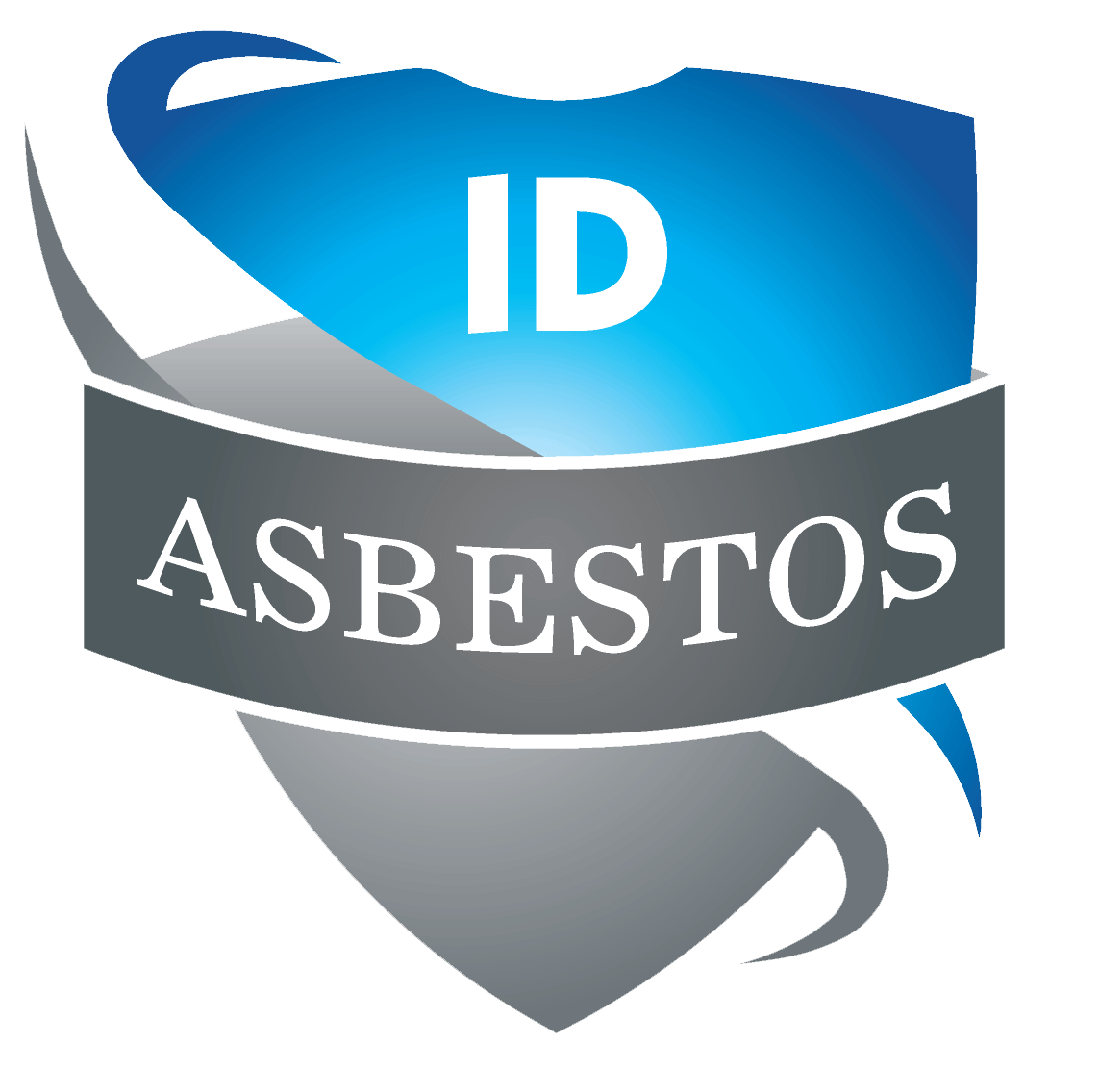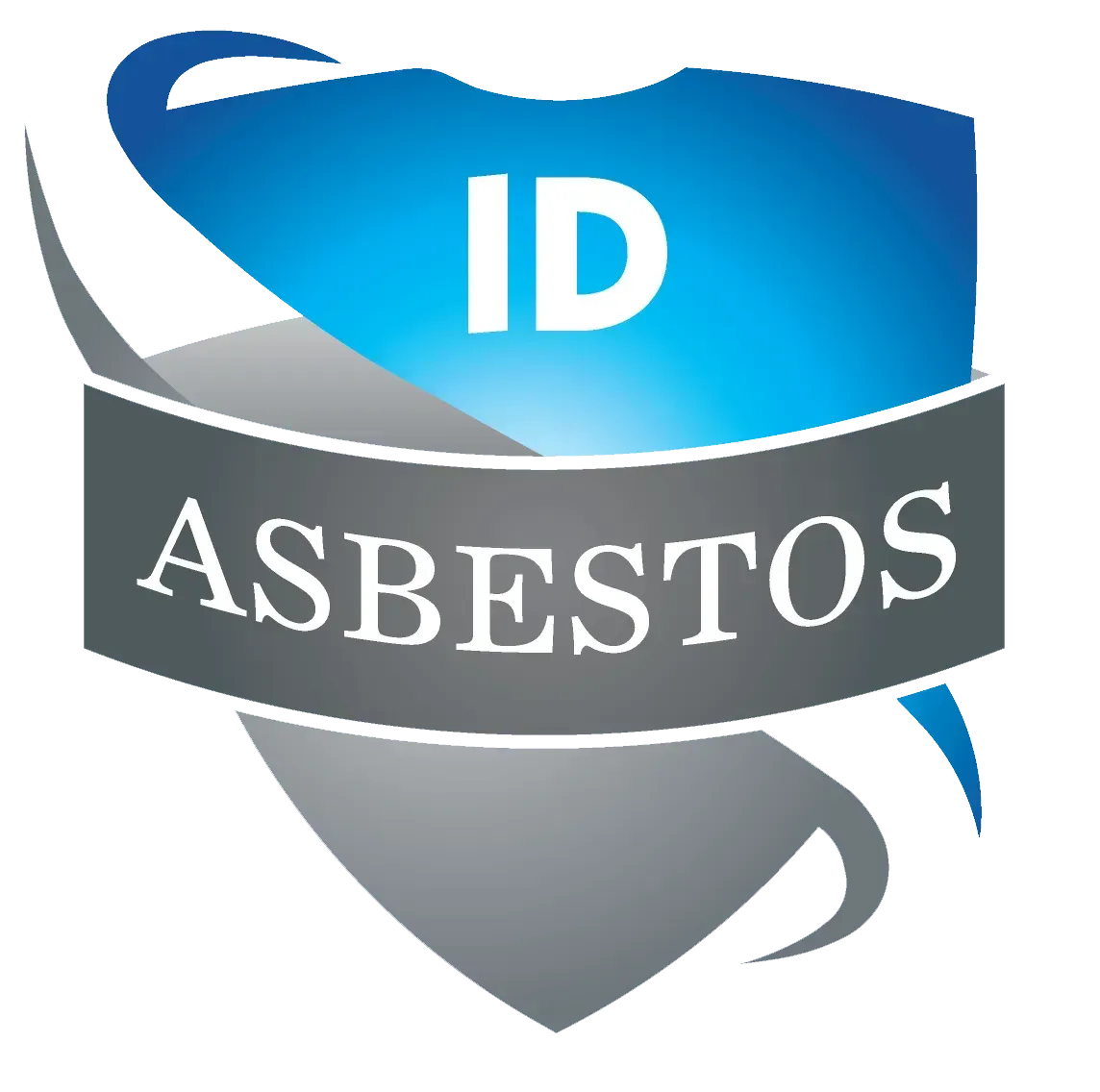Asbestos Materials
Between the 1950s and late 1980s, two types of asbestos products were used for soffit boards, as it was the material of choice before its health risks became widely known. Asbestos soffit boards are still frequently found in older properties and must be carefully assessed before any removal or replacement work begins. One product is AIB (Asbestos Insulation Board) the other is Asbestos Cement. Whilst both have asbestos content, the removal methods and costs are very different.
Other asbestos materials that may be in place and disturbed if soffits, fascia’s and barge boards are being replaced could be rainwater goods including asbestos cement gutters and downpipes, asbestos roof tiles and corrugated roofing sheets, asbestos verge tiles, roofing felts and bitumen products.
Asbestos Cement Soffit Removal
Asbestos Cement soffit removal in comparison to Asbestos Insulation Board soffits is relatively straight forward and inexpensive. The asbestos is firmly held within the composition of other bonding materials of the board and does not require notification to the Health and Safety Executive prior to its removal unless heavily damaged.
Removal of cement soffits, although carried out safely and in accordance with regulations and guidelines, does not require the work to be carried out inside of a constructed enclosure or require many of the other requirements as needed if the material was Asbestos Insulation Board.
Asbestos Insulation Board, Soffit Board Removal
Asbestos Insulation Board, or more commonly known as it’s abbreviated name AIB, are boards that have a high asbestos content usually containing Amosite (Brown) and can also contain Chrysotile (White) and Crocidolite (Blue) asbestos. The boards can be easily damaged and can easily release harmful asbestos fibres.
Testing Soffits For Asbestos Content
Prior to replacing any soffits, it’s always recommended that soffits are tested, and further investigations carried out to ensure any original asbestos soffits have not been overboard with non-asbestos materials.
By not having the soffits tested, there will be a risk of exposing workers, property occupiers, neighbouring occupiers and the general passing public to asbestos fibres. ID Asbestos can provide a testing service and investigate if any over boarding is covering up asbestos soffits. This service is cheaper than you might imagine and a very important process to ensuring the health and safety of everyone.
Covering Asbestos Soffits
Covering over asbestos soffits should not be an option and you should be very suspicious of companies offering to carry out this technique. Covering over asbestos soffits requires the new soffit material to be fixed to the existing asbestos soffit, resulting in releasing dangerous asbestos fibres into the air and potentially risking people health by being exposed to the material.
Risks of Painting Asbestos Soffits
The usual reason for painting asbestos soffits is from an aesthetic point of view. Great care should be taken as in many cases, the existing paint is flaking. Under no circumstances should you risk yours or others health in either scrapping or sanding the paint from the soffit as asbestos fibres will be released in the process.
Contact Us
We proudly serve many communities within Norfolk, Suffolk, Cambridgeshire and Essex.
If you’re worried about asbestos, or would like to arrange a survey or asbestos removal, please get in touch today. Call or email us at your convenience, or fill out the contact form below and we’ll get back to you.

